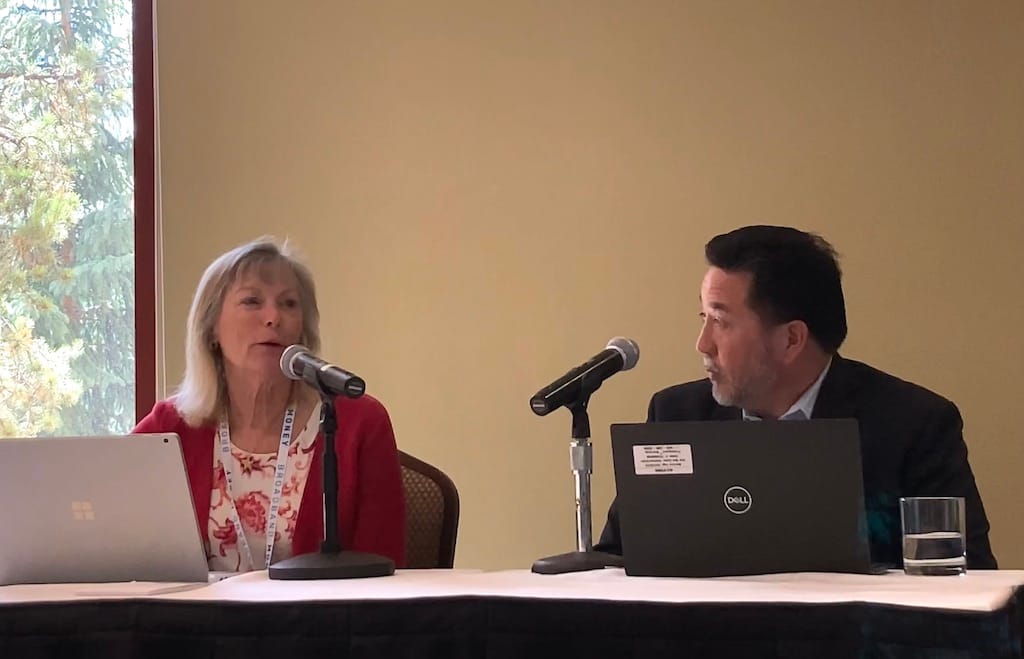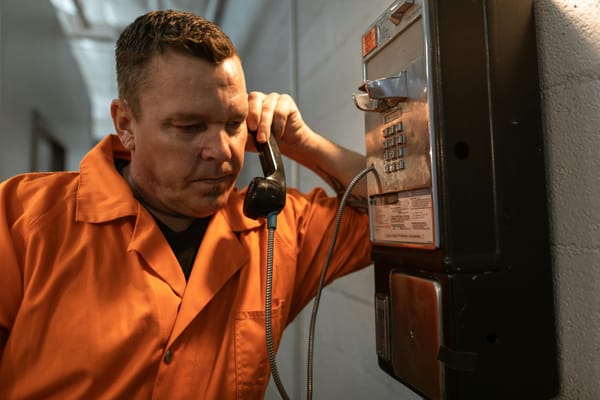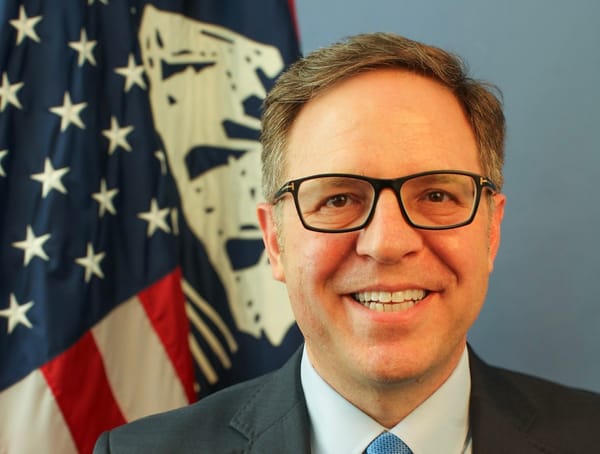Partnership Pitfalls and Best Practices That Municipalities Should Know
Industry experts detailed best practices for approaching public-private partnerships at Mountain Connect 2022.

KEYSTONE, Colo., June 9, 2022 – With many forthcoming federal broadband funding opportunities set to include recipient applicants pursuing public-private partnerships, the explosion of public entities moving into the broadband space is expected to continue, according to observers.
Industry experts convened at the Mountain Connect 2022 conference last month advised prospective grant applicants on new partnership models emerging in the current industry environment to foster a discussion on how different business models affect the success rates of municipal networks.
In her years of consulting experience, Valerie Wimer, vice president of business development for consulting firm JSI, said she has found that partnerships in which the municipality builds the network and then partners with a private network operator appear to have the most success. Additionally, three-way partnerships between electric utilities, local providers, and municipalities have proven to work well.
The panelists warned, however, of potential pitfalls associated with open access networks – in which one network is used by multiple internet service providers – saying that, in practice, there can be some difficulties attracting service providers to the network, particularly in rural areas.
Lit fiber over dark fiber
Wimer further advised that municipalities should light their fiber networks and provide capacity to service providers, rather than set up dark fiber networks and have providers light the network themselves. Though lit fiber networks require the municipality to invest more upfront than dark fiber networks, lit fiber tends to be more prosperous than dark fiber. According to Wilmer, this is because with lit fiber, service providers can simply contact the municipality to purchase network capacity on a per customer basis, to service end-users.
Municipalities scoping out public-private partnerships should also be aware that the technology they choose for the network holds the potential to impact the success of the network.
For example, municipalities that choose to run coaxial cable or radio frequency technology should be aware that these technologies require much more ongoing maintenance than technologies with lower operational expenses, such as fiber. In Wilmer’s experience, the fewer employees necessary for the municipality to have to keep the network running, the easier it is for the municipality to handle.
Wilmer advised municipalities and counties pursuing public-private partnerships to plan on the process taking up to 18 months.










